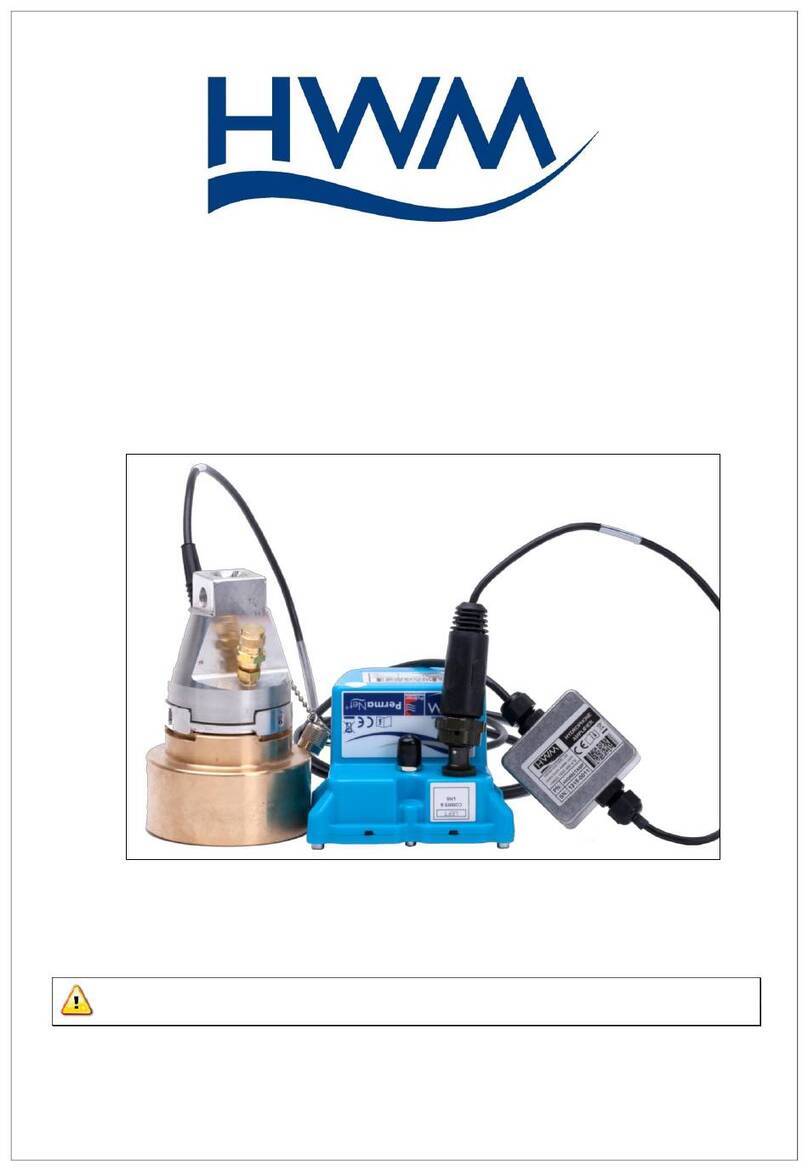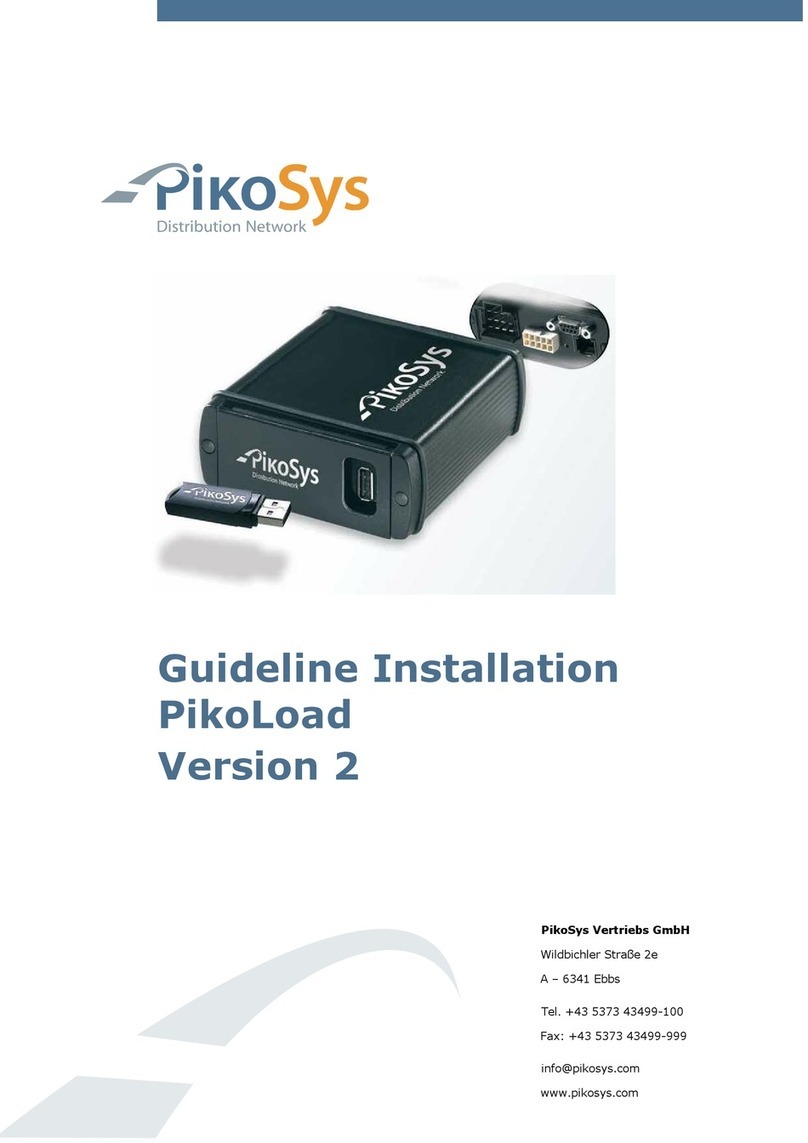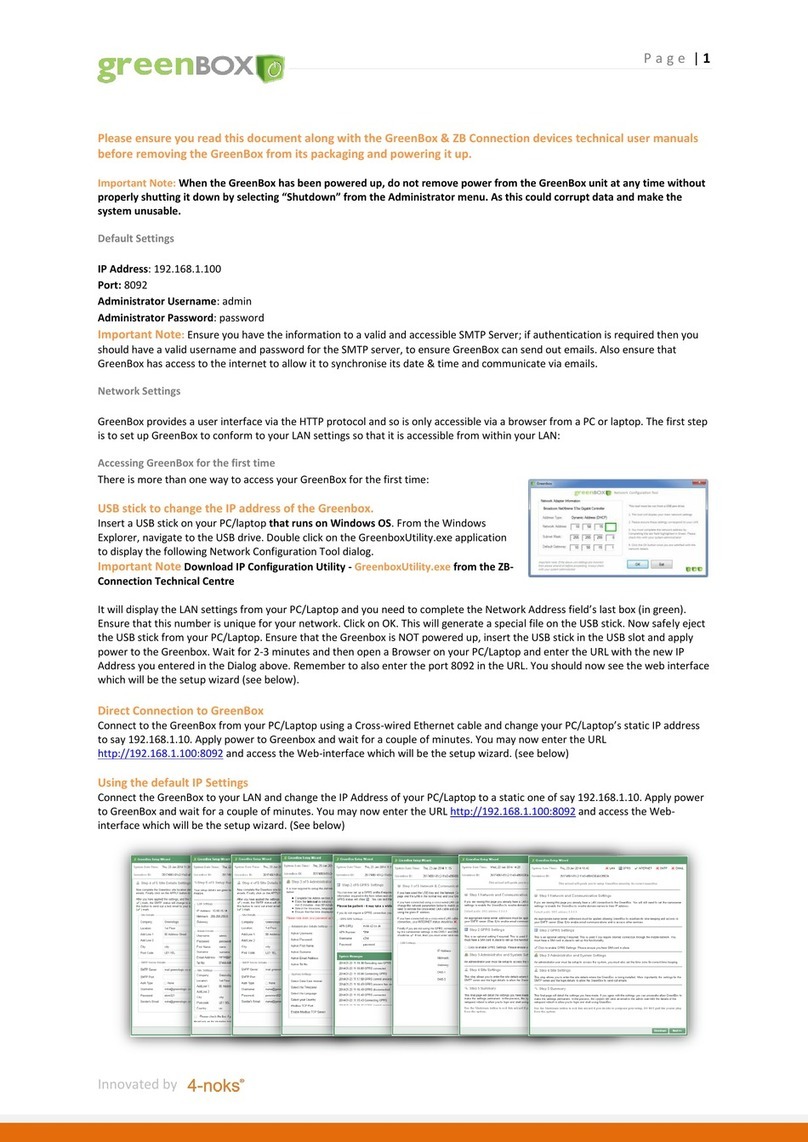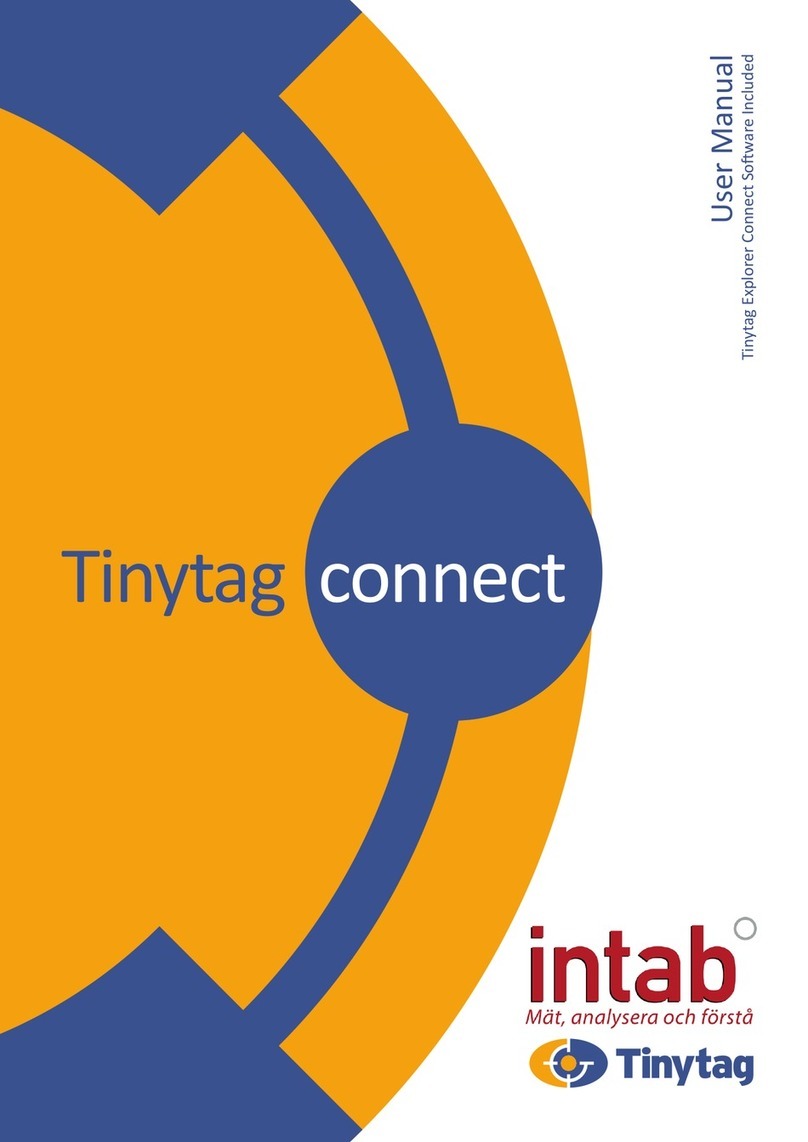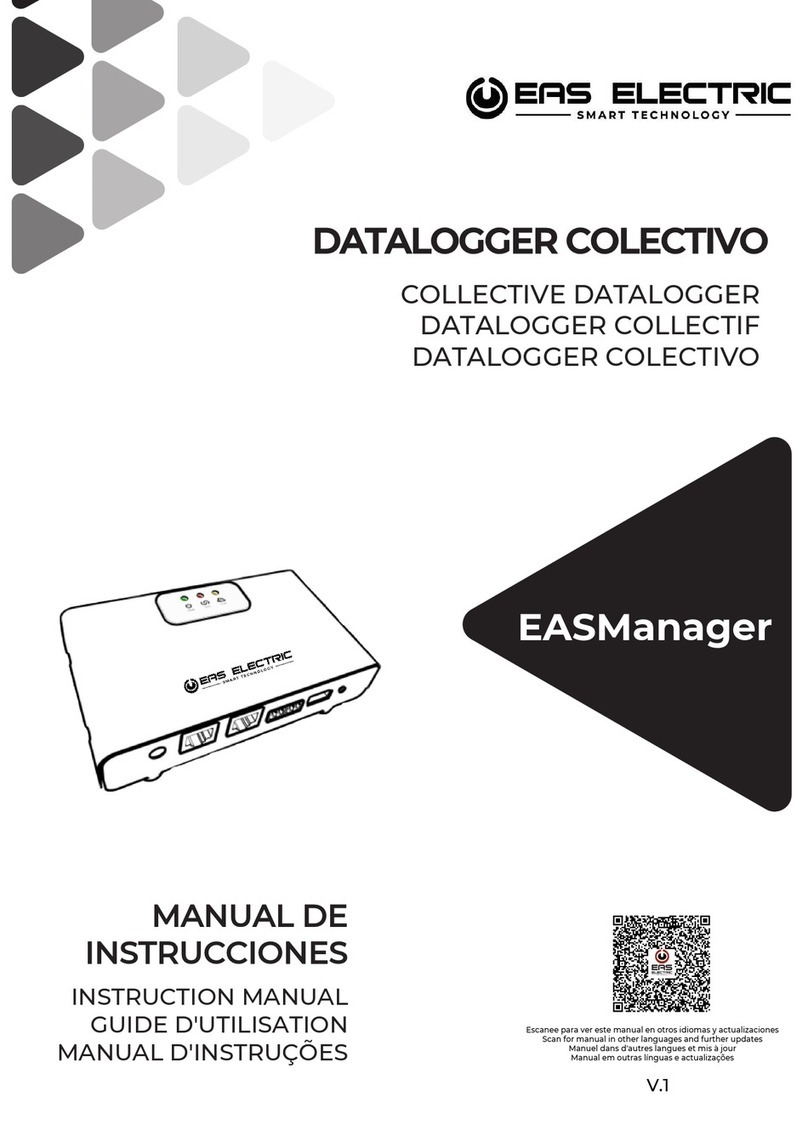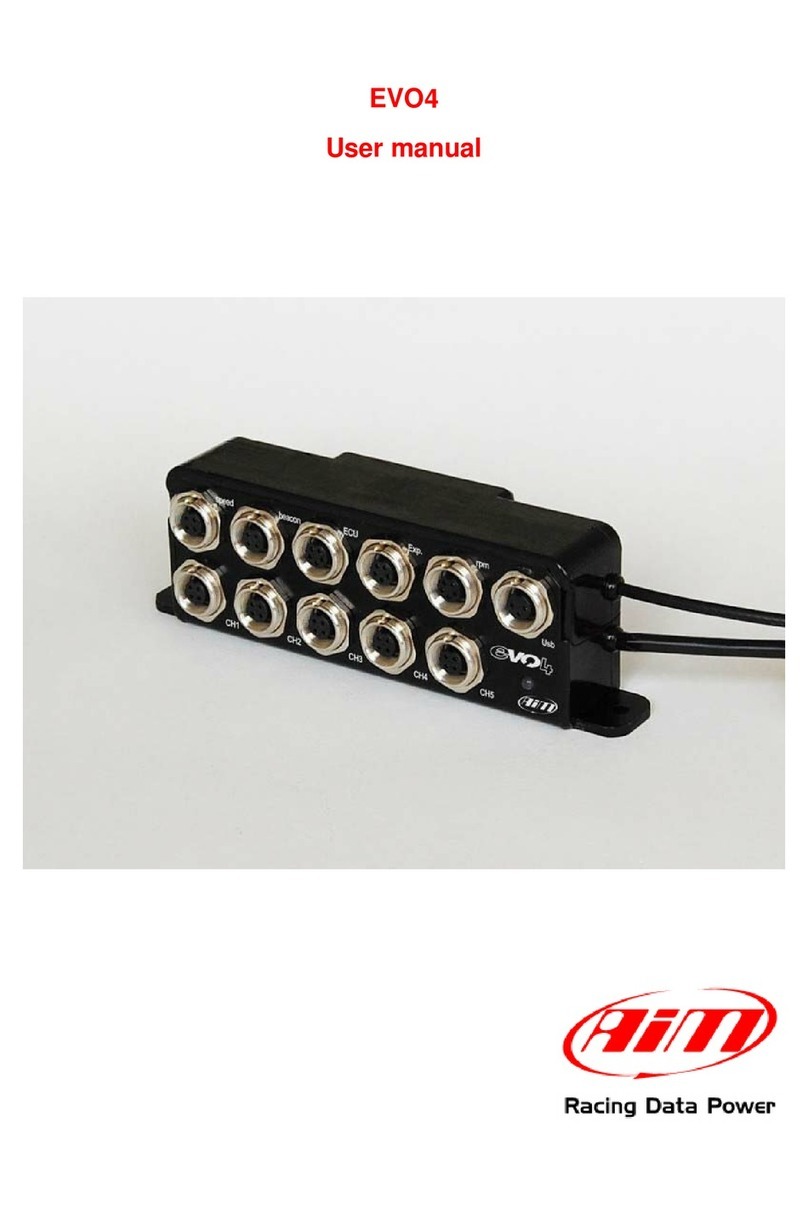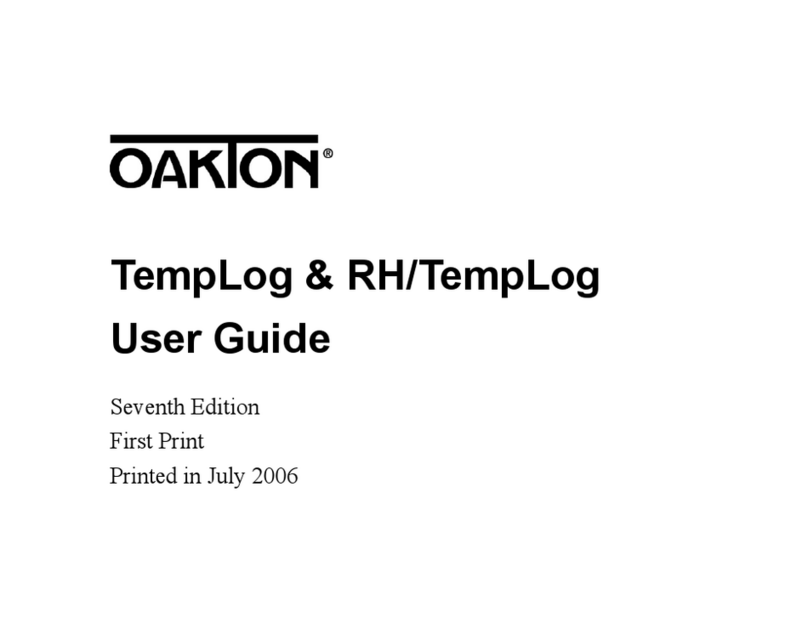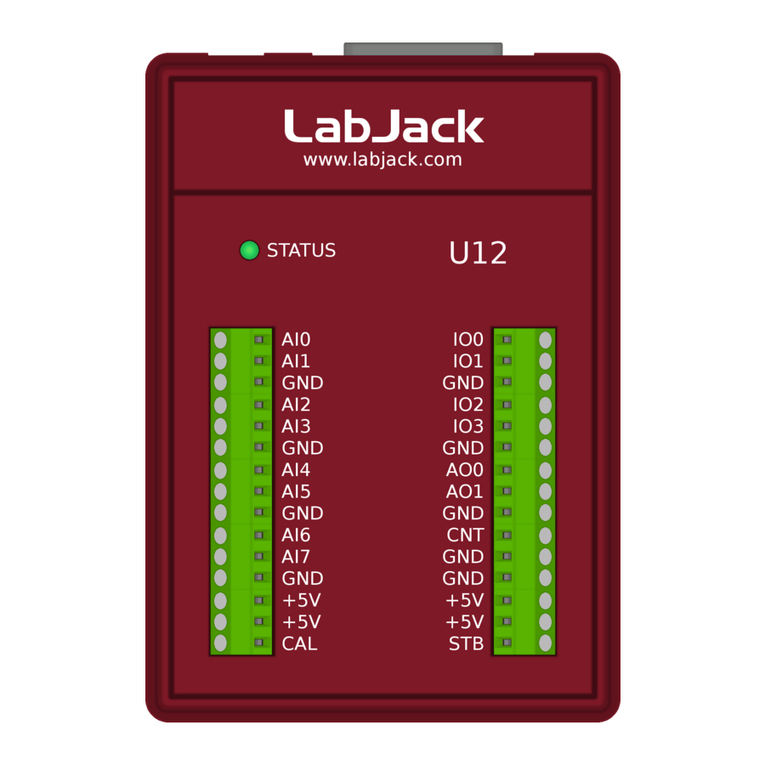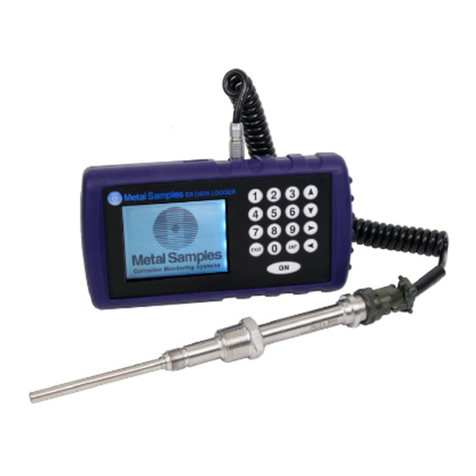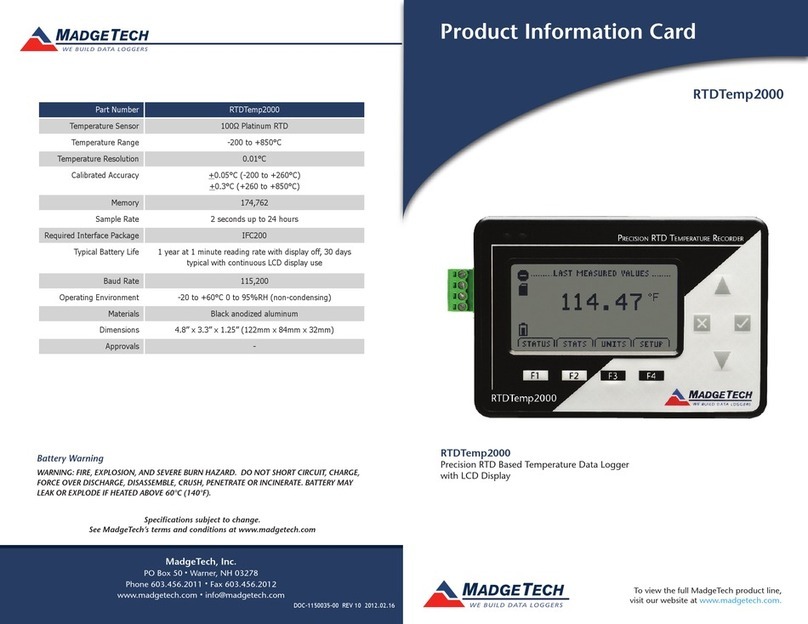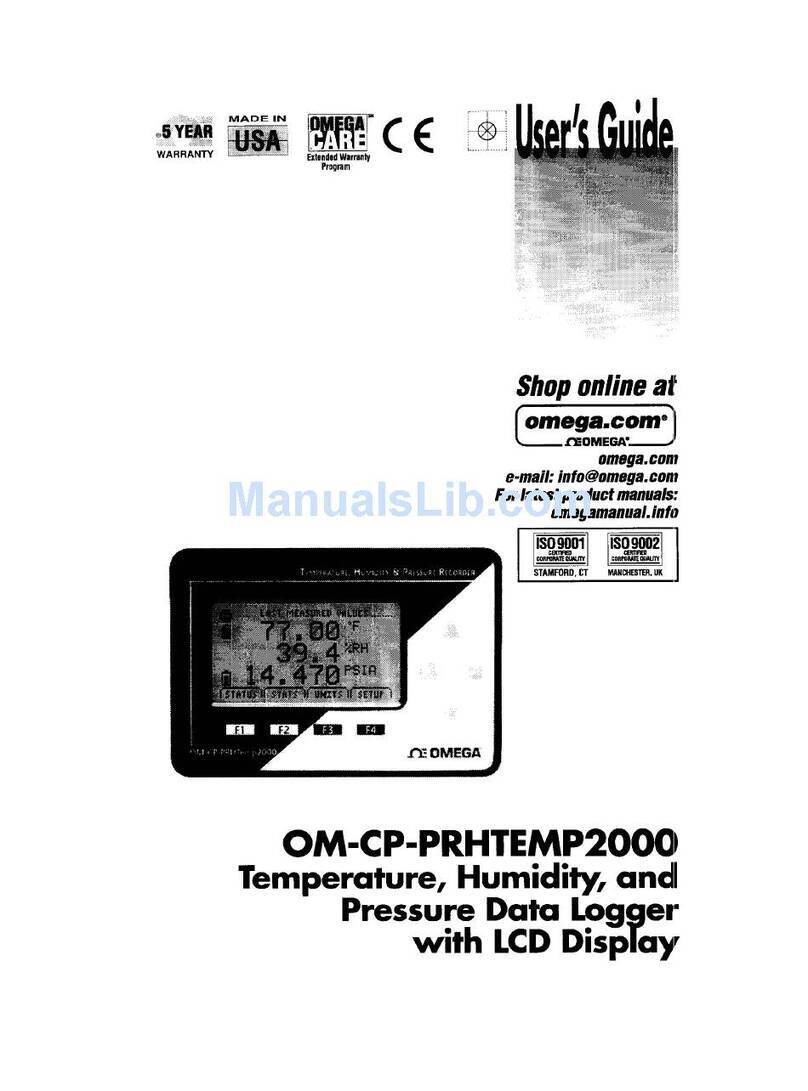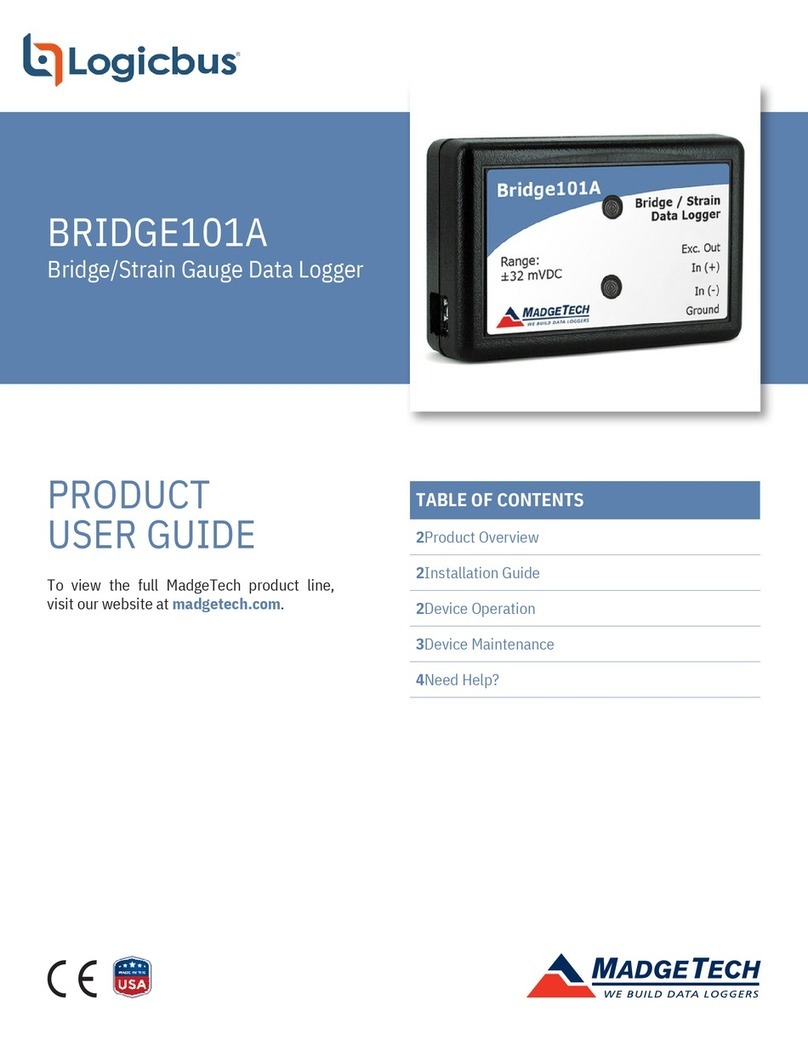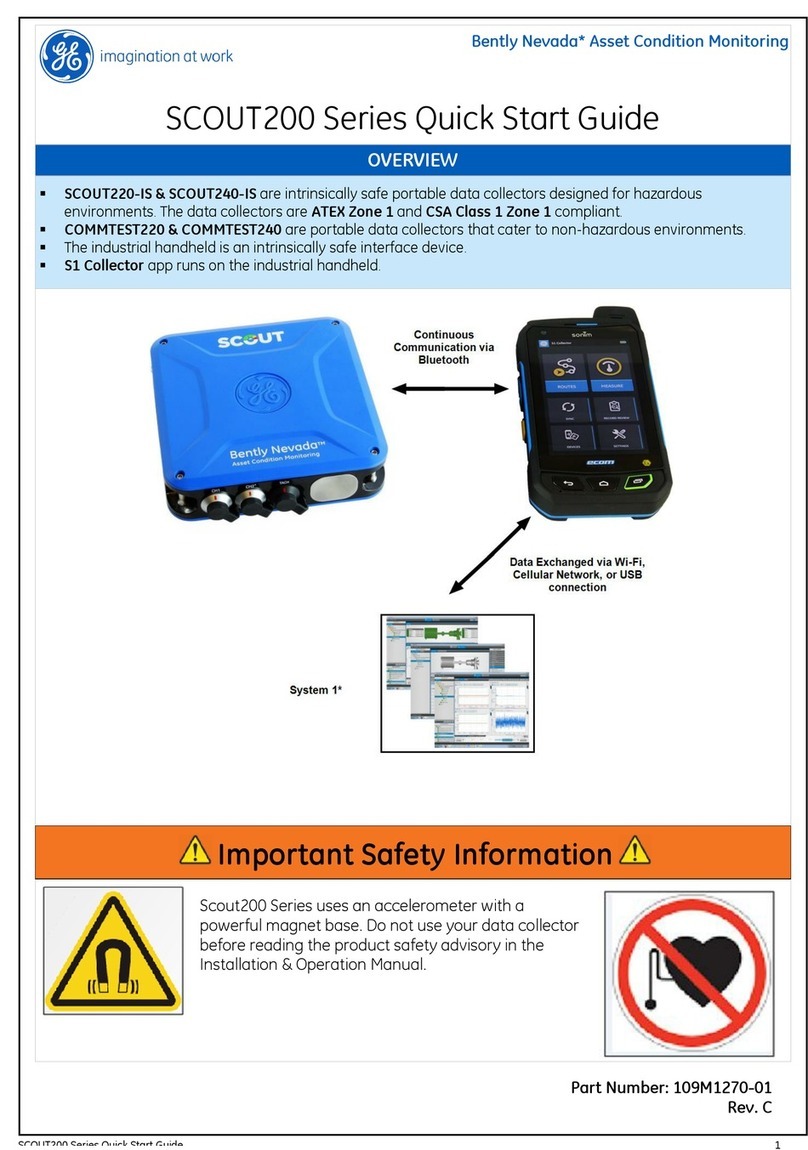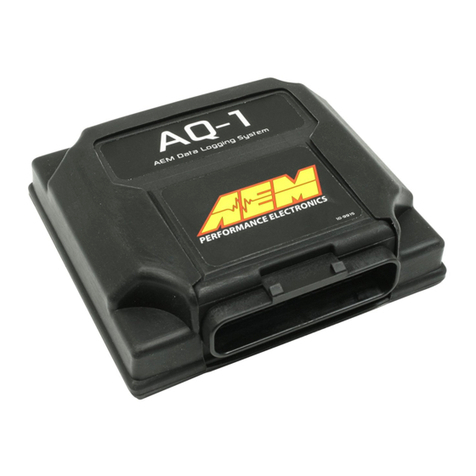PRI Entity User manual

DATALOGGER USER GUIDE
Page 1
Information contained within this document is subject to change without notice and does not
represent a commitment on the part of PRI Ltd or its agents. E&OE.
Copyright PRI Ltd, 2003. 9600-3008-2 Issue A
Care must be exercised during the installation of dataloggers and associated equipment due to the presence
of mains voltages.
Local best practice and regulatory stipulations must always be observed.
Installation should only be performed by suitably trained personnel. Various points under the terminal cover
operate at hazardous voltages.
Removing the cover with power applied exposes potentially hazardous voltages.
After installation access to the connectors and conductors must be prevented by fitting the cover supplied,
ensuring that it is secured in position with the screws provided.
PRI dataloggers are double-insulated. The electrical supply should be taken from a point fused at 3A using
cable rated for 3 A at 230 V.
An external two-pole switch or circuit-breaker must be mounted adjacent to the unit.
Replace fuses only with correctly rated items. The correct rating is shown adjacent to each fuse.
Use or installation other than in accordance with this document may result in safety hazards.
CE MARKING DECLARATION OF CONFORMITY
PRI dataloggers meet standard BS EN 610336:1997, and therefore conform to EU Directive
89/336/EEC ‘EMC Directive’ as amended by 92/31/EEC and 93/68/EEC.
IMPORTANT SAFETY INFORMATION

SECTION A: INSTALLATION
SECTION B: PHYSICAL ARRANGEMENTS
Fig. 1 Fixing Centres for Datalogger
How to fix the datalogger into position
PRI dataloggers are designed for vertical mounting, and can be fitted to meter panels, boards, enclosures or walls.
Suitable screws must be selected to ensure a
good fixture. Screws of up to M4 or 4BA size can
be used. PRI dataloggers use a three-point fixing
arrangement. The top screw is located on the
datalogger’s centre-line and fits into a ‘key-hole’
locator on the rear-plate of the unit. This screw
supports the unit in position on the surface to
which it is be attached. Two other screws are
fitted through the terminal block of the unit and are
used to secure it against the mounting surface.
The fixing centres are as shown on this view of a
datalogger rear panel.
1. Mark out the position of the unit on the
mounting surface, drill a hole and fit the top
fixing screw (A).
2. Fit the unit over the top fixing screw taking care
to align it correctly within the ‘key-hole’ locator.
3. With the terminal cover removed, mark out the
positions of the lower fixing screws (B).
4. Remove the unit, drill holes for the lower fixing
screws.
5. Fit the unit over the top fixing screw again.
6. Fit the lower fixing screws.
A
BB
Page 2
Fig. 2 Datalogger Principle Components

SECTION C: CONNECTIONS TO EXTERNAL EQUIPMENT
Page 3
Fig. 3 Connections to Mains and Pulse Inputs
The datalogger should be connected to a spur
fused at no more than 3 A, using suitable cable
rated at 230 V. The unit is designed to be
energized continuously and therefore is not fitted
with a power switch. The gland supplied with the
unit provides strain-relief so long as it is fitted
correctly and sufficiently tightened.
Pulsed input cables should also be fitted using
the supplied gland, which should be sufficiently
tight to provide strain-relief. Twisted-pair
unshielded cabling is recommended. The
Datalogger has wetted inputs that can drive up to
500 m of typical 7/0.2 mm cable.
Fig. 4 Pulse Input Connections to External Devices The datalogger input channels are
wetted with a dc voltage. Polarity
must therefore be observed when
connecting to devices with
solid-state outputs, such as
Sprint, Premier, Encore or Elite
meters.
Each input has a pair of terminals,
labelled ‘H’ and ‘L’. These must
be connected in the manner
shown in Figure 4. 16-channel
dataloggers have two rows of
connnectors; the lower one is for
inputs 9 to 16.
SECTION D: COMMUNICATING WITH DATALOGGERS
PRI dataloggers are fitted with three interfaces for commnunications with external devices.
The PACT port can be used for interrogation by local or remote PCs. A permanent connection can be made as part of a
PACTLAN network, using a PACT Netbox. The PACT port can also be used for connecting a notebook PC using a PACT
lead.
The Modem Input RJ-11 port can be used to connect the datalogger integral modem to a telephone line.
The PACTLAN Output can be used to connect the datalogger to a network of other PRI meters or dataloggers. The
PACTLAN network can only be accessed remotely via the internal modem. It is not possible to access the PACTLAN
network through the PACT port, so it is not possible to use a datalogger as a ‘PACTLAN repeater’.
Each datalogger channel is identified by number based on the hardware serial number which is used by PRI software,
such as EASEii and Principal, when reading out the half-hourly data.
Channel Number Format
8-channel: PD1Ynnnn 16-channel: PD2Ynnnn
Where Y is the channel number, and nnnn is the unique hardware serial number for the datalogger.
For example, a datalogger with serial number PD101234 would have 8 channels addressable by software as PD101234,
PD111234, PD121234, PD131234, PD141234, PD151234, PD161234 and PD171234. 16-channel dataloggers have
channels numbered 0 through F as the fourth character in the address number.
Each channel has an activity LED on the front panel that is illuminated to indicate when a pulse is detected. The LEDs
are labelled A1 to A8 for 8-channel devices, corresponding to inputs 1 to 8 on the input connector. The additional LEDs
on 16-channel units are labelled B1 to B8 for inputs 9 to 16 on the input connector.
The load survey is returned at 1200 bd, time-stamped against GMT, as ‘non-specific pulses’ (BF) data.

SECTION E: DATALOGGER PART NUMBERS AND SPECIFICATION
Dimensions: 264 wide x 228 high x 240 deep (mm)
Weight: 3.2 kg
Enclosure: IP65; ABS, UL 94 HB
Part Numbers: 8-channel:0300-0265; 16-channel: 0300-0264
Data Storage: 8-channel model: 70 days of half-hourly values
16-channel model: 35 days of half-hourly values
Data are maintained for at least 30 days in the event of a power interruption
Data Inputs: Self-wetted (up to 3 mA at approximately 12 V dc) for use with volt-free contacts. Inputs are
designed for use with unshielded twisted-pair 7/0.2 cable up to 500 m long. The inputs incorporate
debouncing and can detect pulses down to 50 mS duration at up to 4 Hz. Front-mounted indicator
LEDs show activity on each input channel.
Time Reference: Internal batttery-backed real-time clock
Communications: Front-mounted PACT (RS-232 compatible) serial communications port (1200 bd)
Integral V22 modem with RJ-11 socket mounted on the base of the unit
9-pin D-type connector on base of unit for built-in PACTLAN distribution unit for connecting up to 16
compatible PRI meters or dataloggers
Accessories: Glands for mains and pulse input cables. PACTLAN adapter cable; 9-pin D plug to free end, 5 m long.
Page 4
Fig. 5 Connecting Dataloggers to a PACTLAN Network
